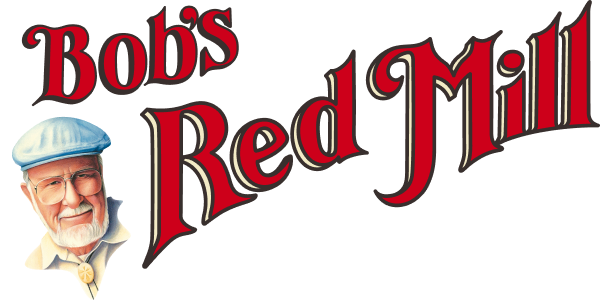


 So what do you do if some of your favorite dishes are made with grains? Don't worry; there are several low-carb grain alternatives out there. One grain alternative that is growing in popularity is cauliflower. This nutrient-rich vegetable is so versatile that it can be used in everything from pilafs to pizza crust. Riced, minced, blended, mashedthe ways that you can use cauliflower are endless.
Don't believe us? Try out this low-carb Cauliflower Chia Baked Falafel.
So what do you do if some of your favorite dishes are made with grains? Don't worry; there are several low-carb grain alternatives out there. One grain alternative that is growing in popularity is cauliflower. This nutrient-rich vegetable is so versatile that it can be used in everything from pilafs to pizza crust. Riced, minced, blended, mashedthe ways that you can use cauliflower are endless.
Don't believe us? Try out this low-carb Cauliflower Chia Baked Falafel.

 Fibrous vegetables like spinach, celery and cucumber are all low-carb veggies that can be consumed on a carb-restricted diet. Enjoy them as a snack, add them to your meals, or pair them with a delicious dip. There are several tasty ways that you can work vegetables into a well-balanced diet.
Fibrous vegetables like spinach, celery and cucumber are all low-carb veggies that can be consumed on a carb-restricted diet. Enjoy them as a snack, add them to your meals, or pair them with a delicious dip. There are several tasty ways that you can work vegetables into a well-balanced diet.
 For a more wholesome snack to keep on hand, try making Bob's Red Mill Low-Carb Muffins. An easy-to-make treat, these muffins are completely customizable!
For a more wholesome snack to keep on hand, try making Bob's Red Mill Low-Carb Muffins. An easy-to-make treat, these muffins are completely customizable!
 Swapping fruit for veggies is a great way to keep your smoothies low-carb. For a tasty, veggie-packed smoothie, try out this Zucchini Basil Smoothie.
Swapping fruit for veggies is a great way to keep your smoothies low-carb. For a tasty, veggie-packed smoothie, try out this Zucchini Basil Smoothie.
 For a low-carb dessert recipe that satisfies your sweet tooth, try swapping traditional flour out for low-carb cassava flour. Dont have a recipe on hand? These Paleo Cassava Chocolate Chip Cookies are easy to make and delicious!
We hope that after reading this article, you have a better idea of which food to avoid on a low-carb diet. While following a low-carb diet might seem challenging at first, upon discovering low-carb options for some of your favorite foods, it becomes much more manageable. In general, when eating low-carb, it's best to focus on natural, wholesome foods. The fewer ingredients and less sugar, the better!
For a low-carb dessert recipe that satisfies your sweet tooth, try swapping traditional flour out for low-carb cassava flour. Dont have a recipe on hand? These Paleo Cassava Chocolate Chip Cookies are easy to make and delicious!
We hope that after reading this article, you have a better idea of which food to avoid on a low-carb diet. While following a low-carb diet might seem challenging at first, upon discovering low-carb options for some of your favorite foods, it becomes much more manageable. In general, when eating low-carb, it's best to focus on natural, wholesome foods. The fewer ingredients and less sugar, the better!